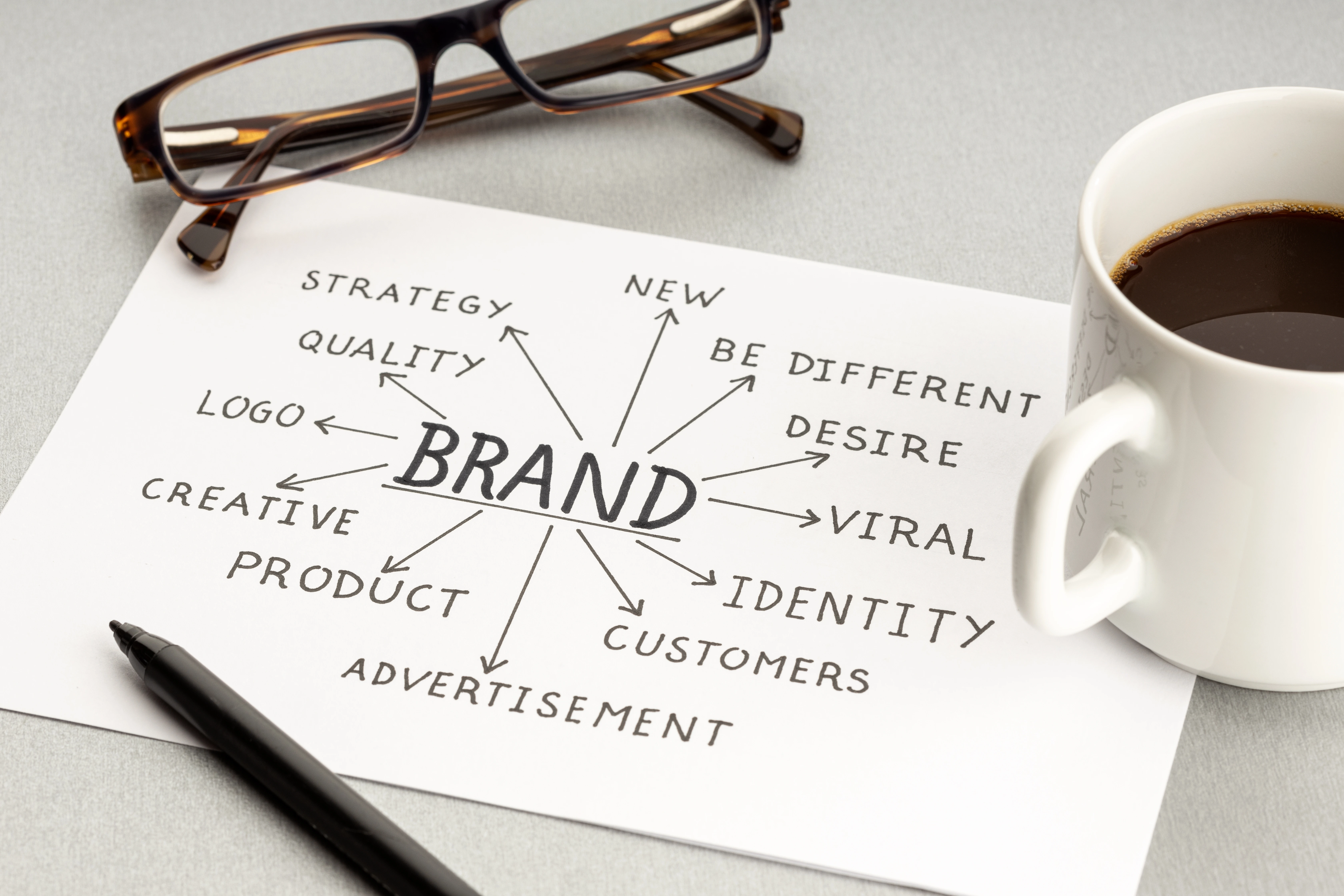
Brand attribution is transforming in 2025. As privacy regulations tighten and AI reshapes analytics, growth marketers, CMOs, and performance teams are rethinking how they measure impact. It’s no longer enough to track conversions — brands must now prove how every campaign, impression, and creative asset contributes to real revenue.
This guide breaks down how modern brand attribution works, what models and frameworks drive the best results, and how leading brands are integrating AI and analytics to uncover the true value of marketing.
The path to purchase is no longer linear. A customer might see a TikTok ad, read a blog, receive an email, and only convert weeks later through search. Without attribution, these touchpoints blur together, leaving teams blind to what truly drives ROI.
According to Statista, U.S. spending on marketing data — including analytics and attribution — will exceed $26 billion in 2025. That investment reflects a fundamental truth: marketing performance must be measurable. As third-party cookies disappear and user data becomes harder to track, attribution offers a way to connect creative storytelling and business outcomes.
For startups and mid-market brands, strong attribution systems don’t just justify spend — they reveal which efforts actually build revenue momentum.

Brand attribution is the process of determining how different marketing activities — from campaigns and content to media placements — influence outcomes like revenue, conversions, or customer lifetime value.
It’s part of a broader discipline known as marketing attribution, which assigns credit to specific touchpoints in a customer journey. Attribution models use rules or algorithms to distribute that credit, revealing how channels like search, social, or display work together.
In essence, brand attribution helps marketers answer three key questions:
Let’s talk about how data, creativity, and performance strategy can drive real growth.
Partner with Future Digital to turn insights into measurable results.
In 2025, most marketing teams rely on several key attribution models to understand performance. Each provides a different lens on how brand exposure translates into results.
First-touch attribution gives full credit to the first interaction — ideal for measuring awareness campaigns or new customer acquisition. It’s simple but can undervalue later touchpoints that nurture conversions.
Last-touch attribution focuses entirely on the final step before purchase, such as a Google Search Ad or a remarketing click. It’s useful for performance teams tracking conversions but ignores the upper-funnel awareness that made the sale possible.
Linear attribution distributes credit equally across every interaction in the customer journey. It’s balanced and easy to implement but doesn’t highlight which touchpoints were most influential.
Time-decay attribution gives more weight to recent interactions, recognizing that later engagements often seal the deal. However, it risks undervaluing early-stage branding and awareness.
Position-based attribution (also known as U- or W-shaped) combines elements of both — assigning more credit to the first and last touches and less to the interactions in between. It works well for complex journeys, though it requires clean data and more advanced setup.
Beyond these rule-based methods, advanced brands use data-driven models like Markov chain analysis, Media Mix Modeling (MMM), and incrementality testing. These approaches rely on machine learning and statistical analysis to uncover causal relationships — proving which campaigns actually drive incremental growth rather than coincidental conversions.
In short: awareness-heavy campaigns benefit from first-touch or position-based models, while conversion-oriented programs use time-decay or last-touch. The most mature brands blend all of them, layering AI-driven and experimental methods to achieve a full-funnel view.
Today’s marketers use hybrid measurement frameworks that combine traditional models with statistical and AI-powered methods.
Multi-Touch Attribution (MTA) tracks individual customer journeys across all digital channels. It’s ideal for brands with strong first-party data, but limited by privacy rules and walled gardens like Meta and Google.
Media Mix Modeling (MMM) takes a broader approach. Instead of user-level tracking, it uses aggregated data to estimate how marketing spend influences sales. This model is privacy-safe and can include offline channels like TV or events.
Incrementality Testing measures the true causal impact of campaigns by comparing groups exposed to ads with those who aren’t. It’s considered the gold standard for brand and content marketing measurement because it isolates real lift from background noise.
AI-Driven Attribution fills gaps left by data loss, using predictive models and probabilistic signals to simulate complete customer journeys. This technology has become critical as deterministic tracking declines.
When used together, these frameworks allow marketers to triangulate data and understand how creative, channel, and spend decisions affect both short-term conversions and long-term brand equity.
Brand attribution isn’t just about reporting — it’s a strategic driver for smarter growth. With accurate attribution, marketing leaders can:
Content, paid media, and lifecycle marketing all benefit when attribution insights feed into real-time dashboards. Modern attribution tools now integrate with platforms like GA4, Looker Studio, and CRM systems, enabling performance and brand teams to collaborate on one source of truth.
.webp)
Consider a DTC wellness brand launching a national campaign to boost awareness and sales. The team combined influencer partnerships, paid search, and TikTok ads.
Using a position-based attribution model, they assigned more credit to the first exposure on TikTok and the last engagement through Google Search. Mid-funnel touchpoints — like influencer UGC and email — received partial credit.
Next, the team ran an incrementality test by holding back 10% of regions from seeing any campaign ads. After three weeks, they measured a 20% sales lift in the exposed regions, confirming the campaign’s direct impact on revenue.
By combining rule-based attribution with experimental methods, the brand demonstrated not only engagement but measurable profit. The results justified a larger marketing budget and proved that brand-building could directly drive business growth.
Modern attribution depends on technology that unites data, automation, and analytics. The most widely used platforms in 2025 include:
For growing brands, attribution tools are no longer “nice-to-have” — they’re the core of modern marketing infrastructure.
The cookieless era is rewriting the rules of marketing measurement. Apple’s App Tracking Transparency, GDPR, and browser-level restrictions have limited direct tracking of users across sites.
As a result, marketers are turning to first-party data, probabilistic attribution, and privacy-safe APIs like Google’s Attribution Reporting. AI fills the gaps by analyzing contextual data and predicting likely cause-and-effect relationships.
According to Deloitte, brands that adopt hybrid measurement — combining MMM, multi-touch, and experimentation — see 25% higher ROI than those relying on a single model. The future is hybrid, automated, and privacy-first, balancing compliance with actionable insight.
What is brand attribution?
Brand attribution measures how marketing activities — from campaigns to content — contribute to sales, conversions, and customer growth.
Which model works best?
First-touch and position-based models are ideal for brand awareness, while last-touch and time-decay help track conversion-focused efforts. Multi-touch and MMM offer the most complete perspective.
How does privacy impact attribution?
Privacy rules have reduced user-level visibility, leading marketers to adopt AI-driven, aggregated, and probabilistic measurement models.
How often should attribution models be reviewed?
Quarterly reviews are recommended to account for new channels, campaign changes, and evolving data policies.
What tools are best for 2025?
Google Analytics 4, Improvado, Ruler Analytics, and custom MMM models built in R or Python lead the way for scalable, privacy-safe measurement.
Brand attribution is now the backbone of modern marketing — connecting creative storytelling to quantifiable growth. With the right mix of data, technology, and experimentation, teams can finally prove how brand investments translate into revenue and long-term value.
If you’re ready to elevate how you measure brand performance, partner with Future Digital to build an attribution system that aligns creativity with business outcomes. Our team helps consumer and growth brands implement privacy-ready, data-driven attribution strategies that uncover what really drives results.
Explore how CPG leaders achieve measurable ROI in How CPG Brands Grow with the Right Marketing Agency in 2025.